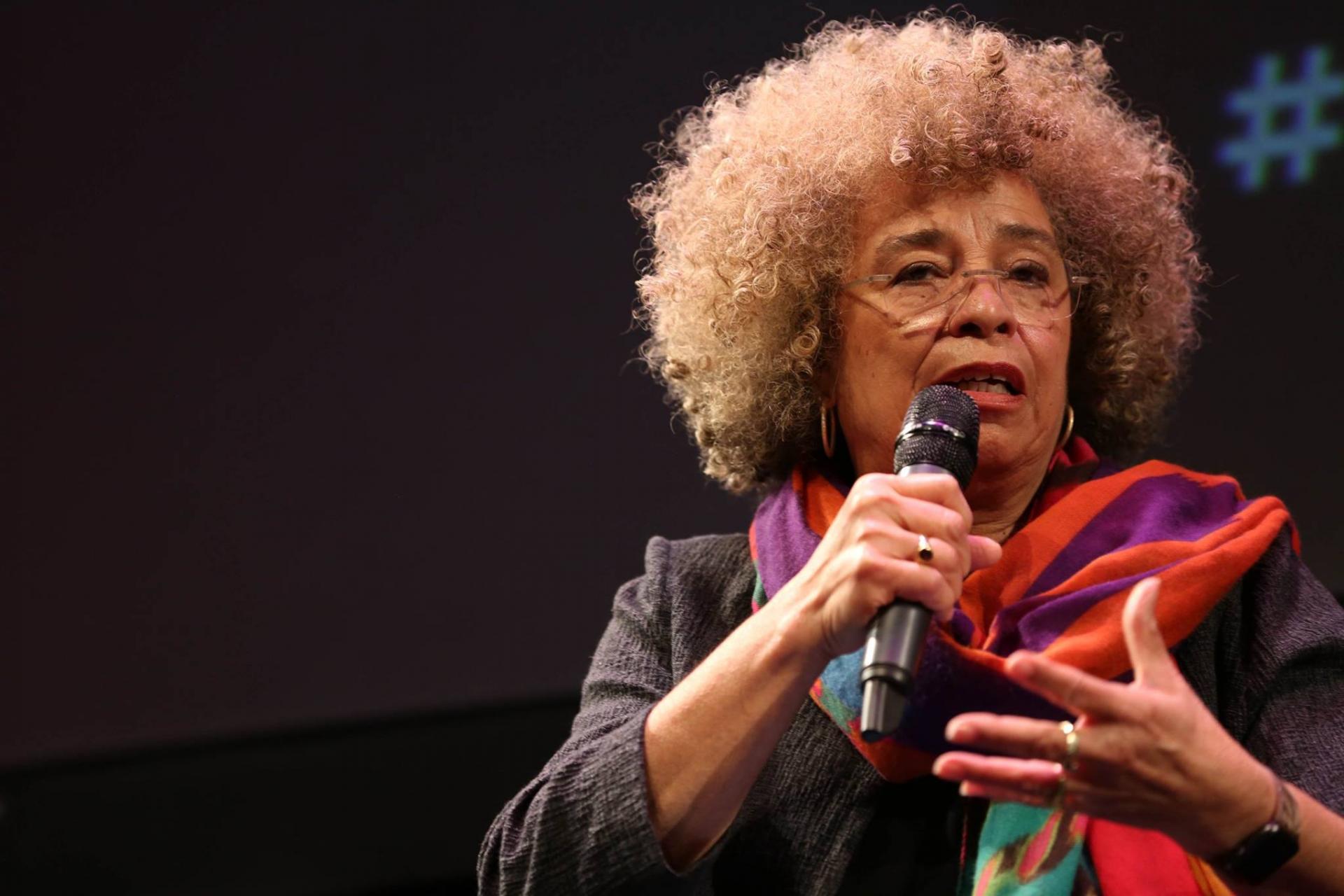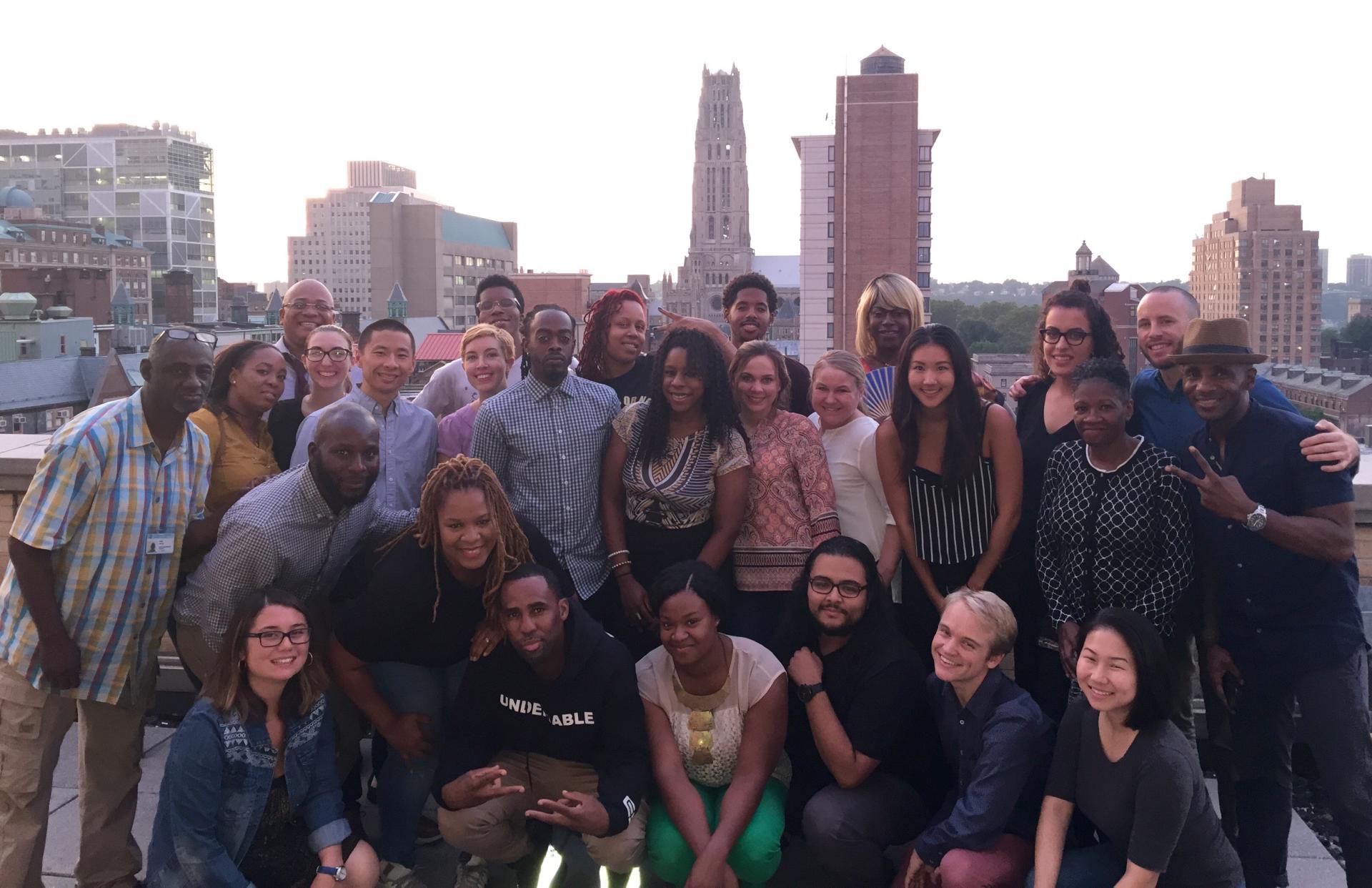Columbia University Center for Justice Looks Beyond the Bars

The United States currently leads the world in its incarceration rate, with more than 2.2 million people in its prisons and jails. This figure, which marks a 500 percent increase over the past three decades, means that while the U.S. boasts a mere five percent of the world’s population, it has more than a quarter of the world’s prisoners. The causes and consequences of mass incarceration are numerous and far-reaching, leading many to assert that it is the civil rights issue of today. From minimum mandatory sentencing and the war on drugs, to discriminatory policing and the disproportionate implementation and impact of criminal justice policies on people of color, to private prisons and the divestment from education, to the use of punishment as the primary tool of addressing societal challenges, and to the impacts on democracy and voting rights—families, communities, and the larger society have been deeply affected by our current criminal justice system.
In 2014 Columbia University’s Center for Justice, now headed by Geraldine Downey, grew out of a yearlong pilot project called the Justice Initiative. Its origins date back to 2009 with the founding of the “Criminal Justice Initiative: Supporting Children, Families, and Communities” based at the School of Social Work. The initiative was started by two formerly incarcerated women who are now in the leadership of the center and continue their work at the School of Social Work as well. The Center for Justice is committed to reducing the nation’s reliance on incarceration and advancing alternative approaches to safety and justice through education, research, and policy. The center seeks to engage and harness the collective capacity of Columbia University and its range of resources to work in collaboration with those directly affected by mass incarceration and criminal justice policy. This includes people who have been formerly incarcerated and community organizations and advocates working on these issues. As a part of its efforts, the Center for Justice, through its Beyond the Bars Fellowship, offers students and community members an opportunity to develop a deeper understanding of mass incarceration and social change; and to collaborate with social justice organizers, activists, and academics to plan the annual Beyond the Bars Conference.
The conference, now in its seventh year, brings together a transdisciplinary group to advance the work of ending mass incarceration and mass criminalization and building a just and safe society. Each year scholars, students, activists, advocates, policy makers, government officials, and those who have been most directly impacted by issues of incarceration and criminalization come together for three days to deepen their collective analysis, strengthen the networks of those working for change, and make visible the many ways those from the University and the community can engage in action. The conference, organized by the Beyond the Bars Fellowship and the Center for Justice, hosted by Columbia School of Social Work.

This year’s conference, with the theme “Transcending the Punishment Paradigm,” focused on contributing to the larger movement to end mass criminalization and mass incarceration through specifically addressing the criminal justice system’s responses to violence. It recognizes that changing the way communities understand and respond to violence is often left out of the prominent dialogues and debates around changing the criminal legal system. Through an expanded four-day format this year, participants dug deeper into understanding what causes violence—further exploring what safe communities look like and need, unpacking the narratives and experiences of people who have experienced violence, ultimately elevating existing and promising strategies to address violence that focus more on healing, repair, and wellness and less on punishment and retribution. This year’s conference welcomed more than 1,500 attendees throughout the four days, with more than 1,000 people attending the Friday night event, “Building a Movement: Conversations with Angela Davis.”
Other departments at Columbia are also working on these issues, including the Tamer Center for Social Enterprise at Columbia Business School. They are in the beginning stages of building a business association dedicated to hiring formerly incarcerated people (FIPs). The association in planning will develop strategies to identify and pretrain candidates to meet the specificneeds of member businesses, as well as provide support and resources, including training for HR managers to best integrate these employees into their workforce. This initiative alongside others at the University exists to provide better opportunities to help reintegrate citizens returning from prison.
While it is unclear what the future holds for the criminal justice system and the continuing trend of mass incarceration in this nation, the Center for Justice and its partners hope that their efforts will help transform a criminal justice system from one that is driven by punishment and retribution to one that is centered on prevention and healing.